How to plan a camping trip: 7 steps for a successful time
From reserving your campground to testing your gear, our expert guide explaining how to plan a camping trip will give you all you need
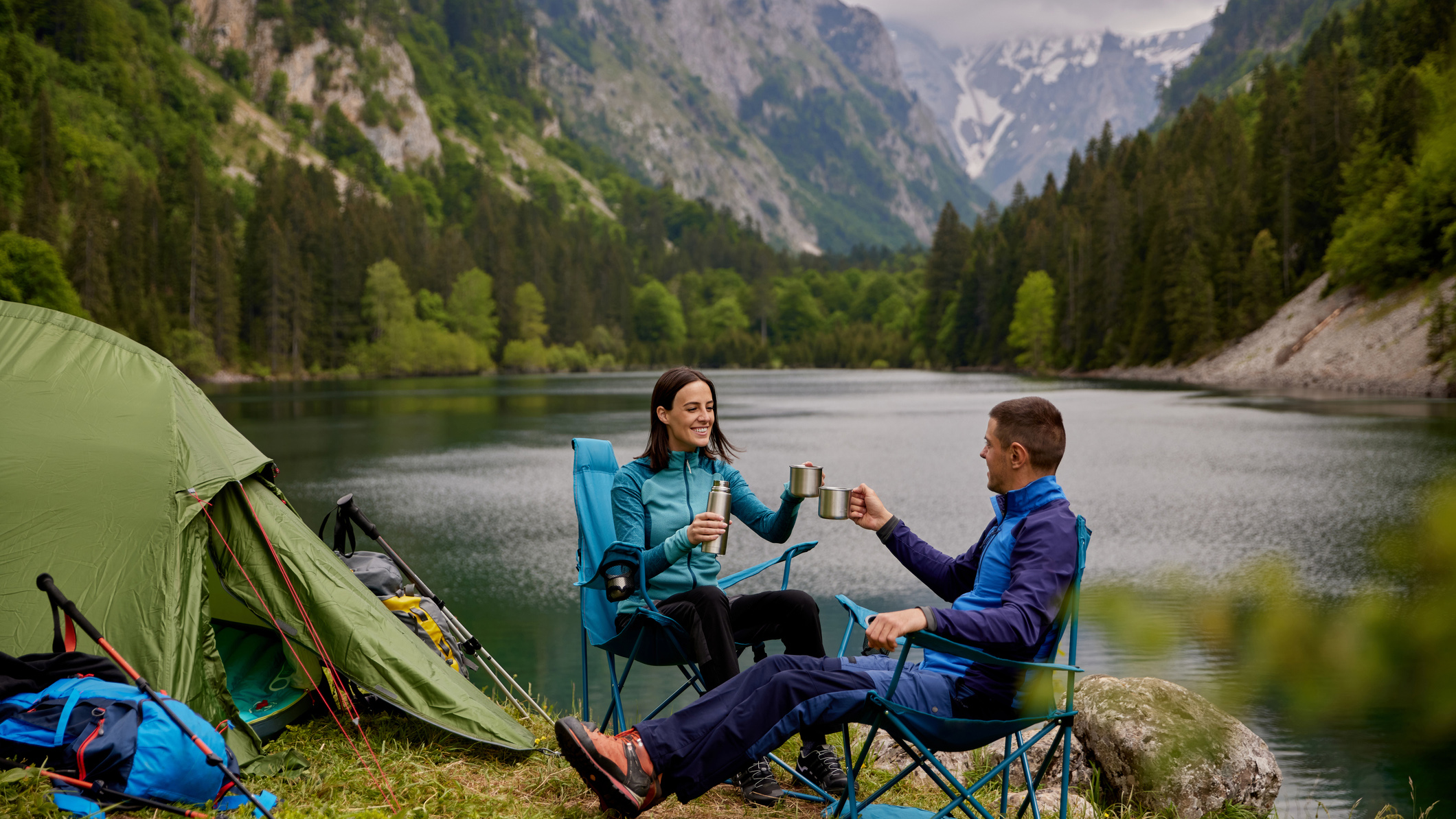
We absolutely love a camping trip. Whether it's a mini-vacation to a campground or an adventurous expedition in the mountains, camping is a great way to escape from the everyday, switch off those screens, get away from the hustle and bustle of the city and reconnect with nature.
However, we also know that it's not all idyllic sunsets, beers around the campfire and rainbows. Preparing for a camping trip and successfully executing one, particularly a big family trip, can feel like a lot of work. That's why we're here with our expert guide on how to plan a camping trip in 7 simple steps. We're also on hand to answer some of your most frequently asked questions.
So, before you pack your best camping tent in the trunk, get all your bases covered with this expert guide.
Our 7 steps to camping success
1. Decide where and how you want to go: once you know this, you'll be able to plan the rest of your trip.
2. Reserve your campsite: book early to avoid disappointment.
3. Research your destination: know what amenities you'll have and, therefore, what you'll need to bring.
4. Plan your meals: get excited about what you're going to eat and avoid packing ingredients and camping utensils that you don't need.
All the latest inspiration, tips and guides to help you plan your next Advnture!
5. Prepare for all weather conditions: nothing ruins a camping trip like weather you weren't expecting. Pack for all eventualities.
6: Test your gear: before your trip, test all your gear to make sure it works to avoid frustration when you get to your campsite.
7. Make a packing list: ensure you don't forget anything by creating a checklist. Need a hand: We've already put together a handy camping checklist.
Meet the experts

Backpacking and hiking lover Julia is fortunate enough to live in Scotland, where the Right to Roam means she can camp pretty much anywhere she wants. However, she enjoys a formal campsite just as much as the rest of us and is one of our main camping experts.
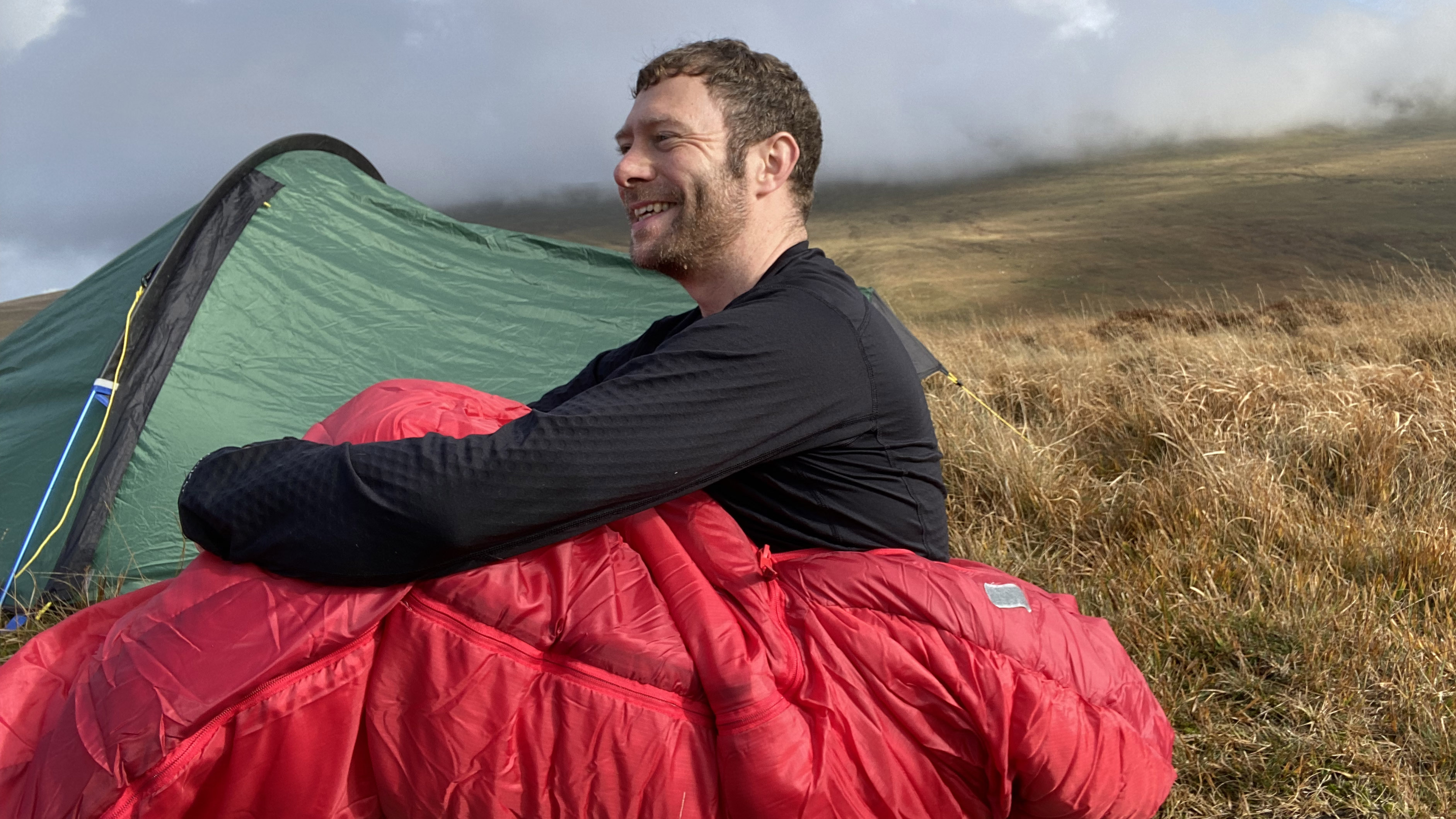
Alex is a qualified mountain leader and wild camping enthusiast, who also loves a family camping trip. Having spent many days camping in England's North York Moors National Park as a child, his love of campsite camping began at an early age. Here, he shares his planning expertise.
Today's best deals
Decide where and how you want to go
- Where you go and how you camp are key considerations and the foundation of your plan
- You can choose to wild camp, car camp, RV camp and more
- Make sure that where and what you choose is legal in the region you intend to camp

Knowing where you want to go camping involves knowing what kind of camping you want to do. There’s backpacking, where you carry everything on your back and hike in to a remote destination, and then there’s car camping where you load up the car and drive to a paid campsite. There’s also RV and pop-up camping for a tent-free experience.
Some of my most cherished childhood memories are of camping trips with my Father and brother. Now that I'm a parent, I'm always excited to share new camping experiences with my family and choosing the right location feels like a big responsibility. I always make sure I do plenty of research into amenities and on how much there is to entertain the little ones in the surroundings.
Alex Foxfield, Advnture contributor
Backpacking is going to be the more minimalist – and adventurous – approach. You can only bring what you can carry so you’ll need a good backpack, some lightweight gear (such as a one-person tent) and you’ll want to have some knowledge of outdoor safety, navigation and be prepared for no amenities that you don’t bring with you (read our article on how to poop in the woods).
If you’d prefer a developed campground where you pay for a site and have amenities like toilets and picnic tables, you can drive in which means you are not so limited in what you can bring with. This won’t be such a rough and wild experience – you’ll almost certainly be sharing the campgrounds with other people – but it’s a good way to ease in to camping.
Camping in a camper van or RV opens up lots of opportunities too. The main benefit is that there’s no real set up required for camp. Once you arrive, you can just park and sleep. But you have the added factor of finding a place to legally park. Not all campgrounds accept RVs so you’ll want to research that ahead of time so you don’t end up camping in a truck drivers rest stop. On that note, if you’re camping in a tent and want a peaceful experience, you may want to pick a campground that doesn’t allow RVs so you don’t have to listen to the hum of generators and engines all night.
Reserve your campsite
- Popular campsites in national parks get full up well in advance
- Booking way ahead of your trip is a great idea to avoid disapointment
- If you're planning to wild camp, check its allowed in the region you're going
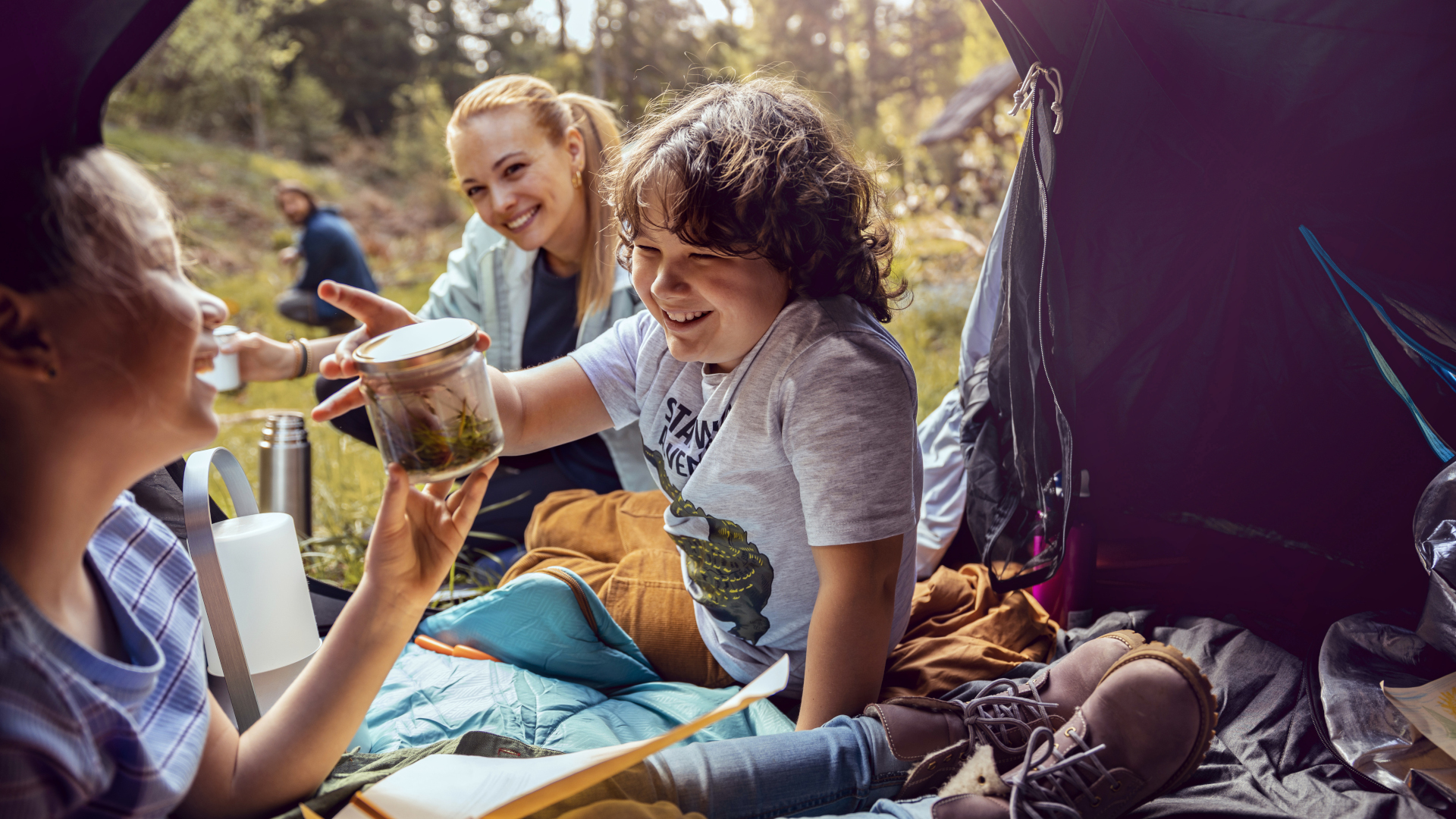
If you’ve decided on a developed campground, don’t assume you can just roll in and there will be room for you. Camping is becoming ever more fashionable and developed campgrounds are very popular with families, especially during the summer months. In National Parks, campsites can be reserved as early as a year in advance and competition for a spot is often fierce. Make sure you’ve booked your site ahead of time to avoid disappointment or you might spend the evening driving around looking for a place to sleep.
If you’re planning on wild camping, you can’t make a reservation but you should still research the area where you intend to pitch your tent and make sure that it’s allowed – not all public land is fair game. Which brings us to our next point...
Research your destination
- Knowing what amenities the campsite has and what's in the surroundings is key
- You may not have phone signal to research these things once you get there

Before any trip, I always check out apps like komoot to look at what trails, places of interest and places to eat and drink are in the area we're going to be staying. Some of my best trail runs and hikes have been planned in this way – it's a great way to build excitement before a trip.
Alex Foxfield, Advnture contributor
Once you’ve decided where you’re going, do some research on the campsite and the area. This can range from mundane details such as what amenities are available and whether or not bear lockers are provided to fun stuff like what activities are available nearby. This will help you make sure you’ve packed everything you need, and once you arrive you can’t rely on having internet connection to look things up like where the nearby grocery stores and hiking trails are.
Plan your meals
- Plan your meals ahead so you know which equipment to bring
- You can also ensure you bring the right amount of food so that there's no waste
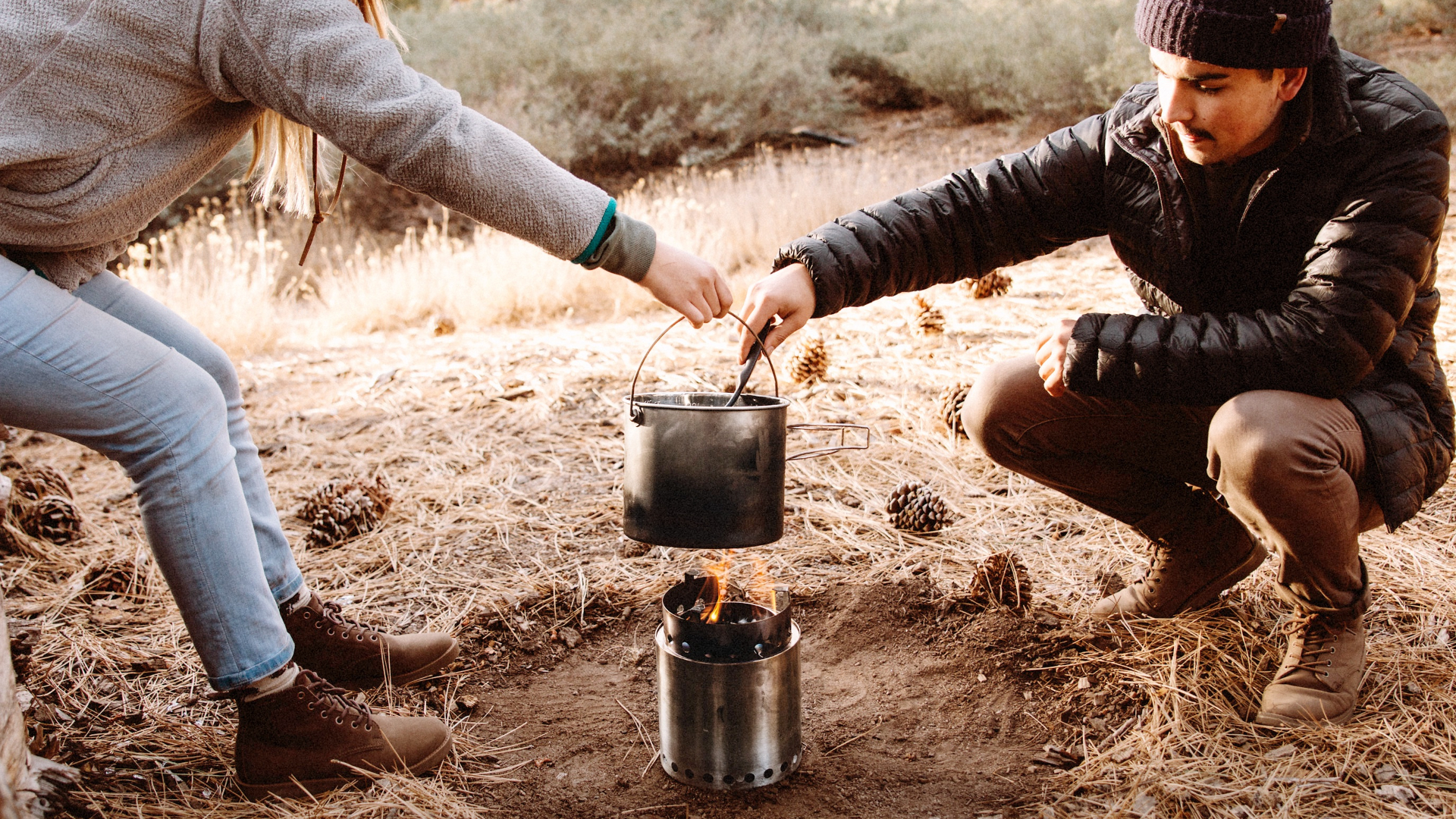
Meal planning can be one of the best parts of camping. If you’re planning backpacking meals, you’ll need to rely on cold, ready-to-eat food or have a lightweight camping stove. With the best camping stoves, you’ll be able to enjoy a hot meal and perhaps even coffee, but you’ll still want to pack light, easy meals like freeze dried meals, packed tuna and boxed noodles.
With car and van camping, your menu can be much more varied. In addition to a bigger double-burner camping stove, you can pack frying pans to put over the fire or bring a BBQ grill. If there are picnic tables available or you bring a folding table, you can even be slicing and dicing veggies to go in your meals. But when it comes to perishable food, like meat and vegetables, remember that you’re reliant on how much ice you have in your cooler. You might find a campground that sells ice, but if not you’ll want to make sure to eat any perishable food items first before they go off, then switch to non-perishables.
In all types of camping, it’s probably best not to rely on being able to cook over an open fire. It’s definitely possible, but it’s much more difficult to control the temperature of live flames than it is over your stove at home, so you can end up with undercooked, overcooked or unevenly cooked food which can leave you with food poisoning. The other potential problem with campfire cooking is availability of dry firewood. If conditions are damp, you’re not likely to be able to get a fire going, so even if you’re dead set on cooking over the fire, make sure you bring a camping stove as a backup. In the worst of conditions, these can be set up on a picnic table under a tarp and you can still enjoy a hot meal on a chilly night.
Speaking of chilly nights...
Prepare for all weather conditions
- Prepare for wet conditions with waterproof clothing
- Nights can be chilly, so pack plenty of warm layers

You can’t control the weather, but you can prepare for it. The thing about getting drenched while camping is there’s no real way to dry off again. Wet clothes inside your tent mean damp, uncomfortable conditions, and if your best sleeping bag is filled with down, you could be in for a cold night. The most important thing to pack is a waterproof jacket, regardless of the forecast. These are lightweight and pack down small and will keep your clothes underneath dry and your body warm. If you’re expecting to see a lot of precipitation, you’ll want to consider waterproof trousers and shoes as well.
Even in hot desert areas, temperatures can really drop overnight, so you’ll want to pack base layers which pack down small but provide lots of warmth as well as one warmer outer layer like a fleece that can also double as a pillow at night.
If you’re car camping, you might want to pack a tarp or pop-up tent that can provide shelter from the elements. These also provide good sun shade if the weather is a little too good.
Test your gear
- Test your gear beforehand, leaving enough to time sort any issues
- This will save time and disappointment when you arrive at the campsite
- You could even do a trial backyard camp

The next thing you’ll want to do is test out your gear a couple of nights before you leave in order to make sure that it all works, and that you know how to work it. Practice setting up your tent, make sure your sleeping pad doesn’t leak air and ensure your headlamp doesn’t need new batteries. Check your camping stove works and has enough fuel, make sure your lighters still work and your first aid kit is properly stocked. It might seem like a drag, but what may take an hour or two could save you plenty in time and frustration when you get to your campsite – and this way you’ll have plenty of time to replace any faulty equipment.
You can even do a trial camp in the backyard if your kids are new to camping. This allows you to check the kit and get them used to sleeping in a tent before the big trip.
Make a packing list
- Make sure you don't forget anything by creating a list of what you'll need
- Tick it off as you pack everything
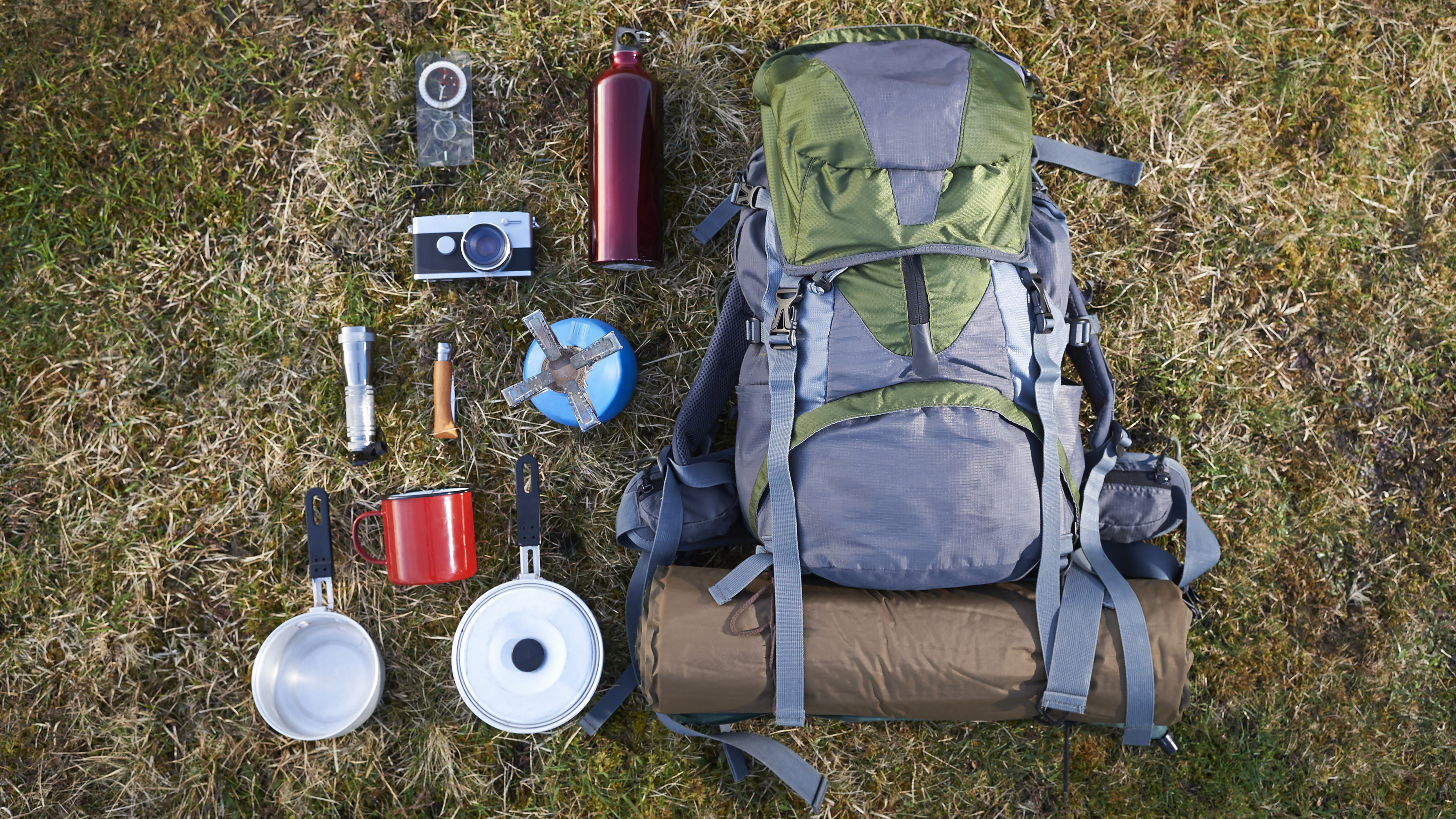
The best thing to do here is make a spreadsheet, with all the essentials listed. I do this and it allows me to return to it and adapt after every camping trip. I've got separate tabs for backpacking trips and car camping trips too.
Alex Foxfield, Advnture contributor
We perhaps should have mentioned this earlier, but all this time you should have been making a checklist of what you need to bring. Sleeping on the ground? You’ll need a sleeping pad and a sleeping bag that’s the right warmth for where you’re going. Driving in? You have room to bring a proper pillow if you want. Planning on cooking over a fire? Make sure you have a lighter. Items like bug spray and headlamps are absolute must-haves for any camping experience. Make a list as you go then cross the items off as you pack them to keep track. You’ll want to pack ahead of time too, to make sure everything fits.
Once you get out into the wild, you may have no way of picking up provisions, so plan ahead and make sure you have what you need to really enjoy your time. Now you’re ready to get out there!
Frequently asked questions
You asked and we listened. Here are our answers to some of your most frequently asked question when it comes to camping and planning for a camping trip...
What is the number one rule of camping?
There are three words that, if you're into the outdoors, you've hopefully heard of. They are: Leave No Trace. This is the absolute number of rule of camping. We all head into the backcountry to enjoy the pristine nature and untouched beauty. It's absolutely vital to leave it in this way for future generations. There are broadly seven agreed upon leave no trace principles:
- Plan ahead and prepare
- Travel and camp on durable surfaces
- Dispose of waste properly
- Leave what you find
- Minimise campfire impacts
- Respect wildlife
- Be considerate of other visitors
Better still is the ethos promoted by groups like Trash Free Trails, who champion the act of purposefully improving the state of the trails by picking up waste left by others.
Do you have to camp at a campsite?
We all camp to get away from it all and nothing spoils that like some rowdy bunch in a nearby tent on the campsite that stay awake until 2am, singing Sweet Caroline or Ed Sheeran while under the influence of alcohol. Obviously this is the nightmare scenario, but this kind of thing might have some wondering: do you have to camp at a campsite?
Well, no, there's often the option of wild camping, or dispersed camping, away from dedicated facilities. Whether or not this is legal, or tolerated, depends on where you are in the world. We love wild camping, it's a wonderfully liberating experience but it's not quite as comfortable as car camping, where you're able to bring more home comforts along.
Of course, there are many benefits to using a campsite. For a start, it should be easy to access by car or public transport and you won't have to lug your camping gear for miles. Then there's all the amenities that campsites often have, such as toilets, warm showers, a shop, washing machines, play equipment and the like. So, for a family trip, a campsite is simply more convenient.
We also painted a rather dim picture of fellow campers in that first paragraph. What's actually far more likely to happen is that you make new friends. This is especially true of the little ones, who'll probably form a soccer team or devise a new masterpiece of musical theatre with their newfound buddies.
What is the most popular type of camping?
For a start, tent camping is more popular than other forms of camping, which includes RV, cabin and bivy camping. According to some studies, over 35 million Americans tent camped in every year since the COVID pandemic, and the number has been steadily rising during this time to over 38 million in 2023. As a comparison, around 16.5 million Americans RV camped in 2023.
So, what's the most popular form of tent camping? Thanks to its convenience, car camping still tops the list, with most still choosing the reliability and security of a dedicated campsite over the wild option of dispersed camping or the extra expense of glamping.
Julia Clarke is a staff writer for Advnture.com and the author of the book Restorative Yoga for Beginners. She loves to explore mountains on foot, bike, skis and belay and then recover on the the yoga mat. Julia graduated with a degree in journalism in 2004 and spent eight years working as a radio presenter in Kansas City, Vermont, Boston and New York City before discovering the joys of the Rocky Mountains. She then detoured west to Colorado and enjoyed 11 years teaching yoga in Vail before returning to her hometown of Glasgow, Scotland in 2020 to focus on family and writing.

